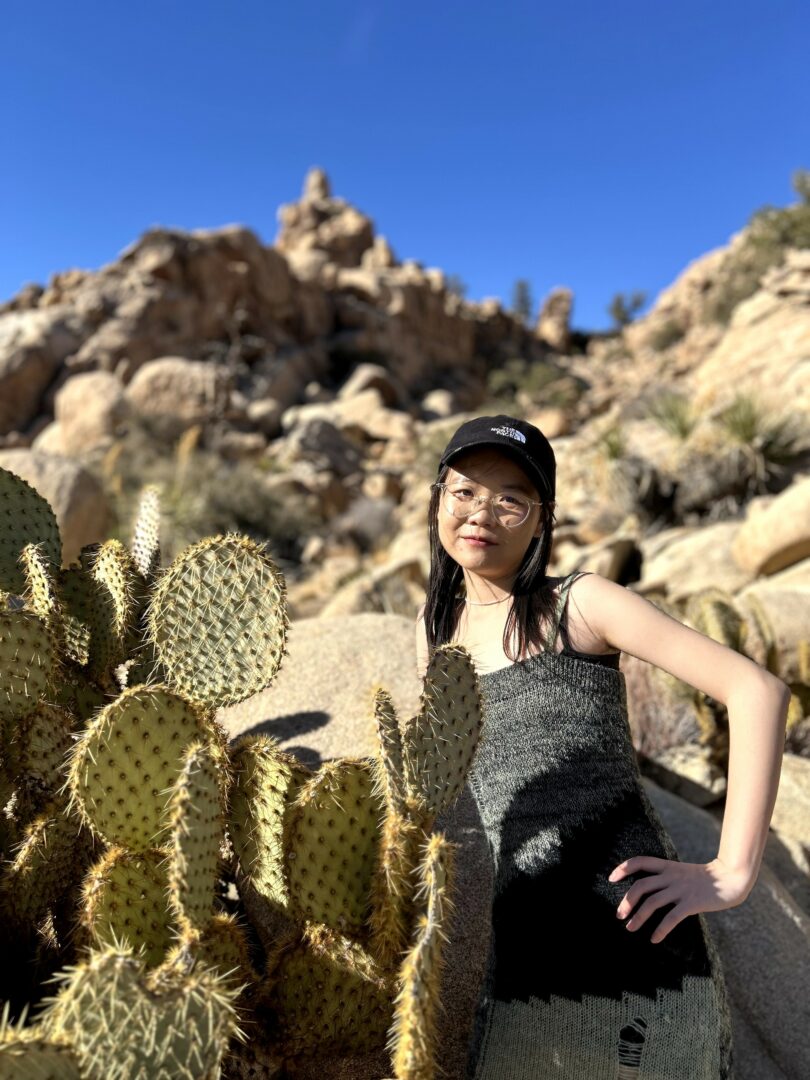Alright – so today we’ve got the honor of introducing you to Echo Xu. We think you’ll enjoy our conversation, we’ve shared it below.
Echo , thank you so much for taking the time to share your lessons learned with us and we’re sure your wisdom will help many. So, one question that comes up often and that we’re hoping you can shed some light on is keeping creativity alive over long stretches – how do you keep your creativity alive?
As an artist, I count on creativity, but I don’t wait for it to appear out of nowhere. For me, art making is often irregular: it can feel like three days of sunshine followed by a month of winter. A lot of time is spent pondering, deciding, and reworking. To keep my practice sustainable, I create a framework for my life. I plan my schedule by the month, keep consistent studio hours, and build a rhythm where there’s always some structure in place. Within that structure, creativity has the freedom to play hide and seek with me.
Movement is also important. I dance a lot, and dancing demands the full attention of every inch of the body. In those moments my mind is completely occupied, and it feels like a reset. Every time I dance, I come back to the studio with fresh energy.
I also make space for idleness. I walk through the streets simply as an observer, letting fragments of daily life flow through me. When I return home, I write and draw with music, weaving together the emotions I’ve collected. Those small observations often become the seeds of new work.
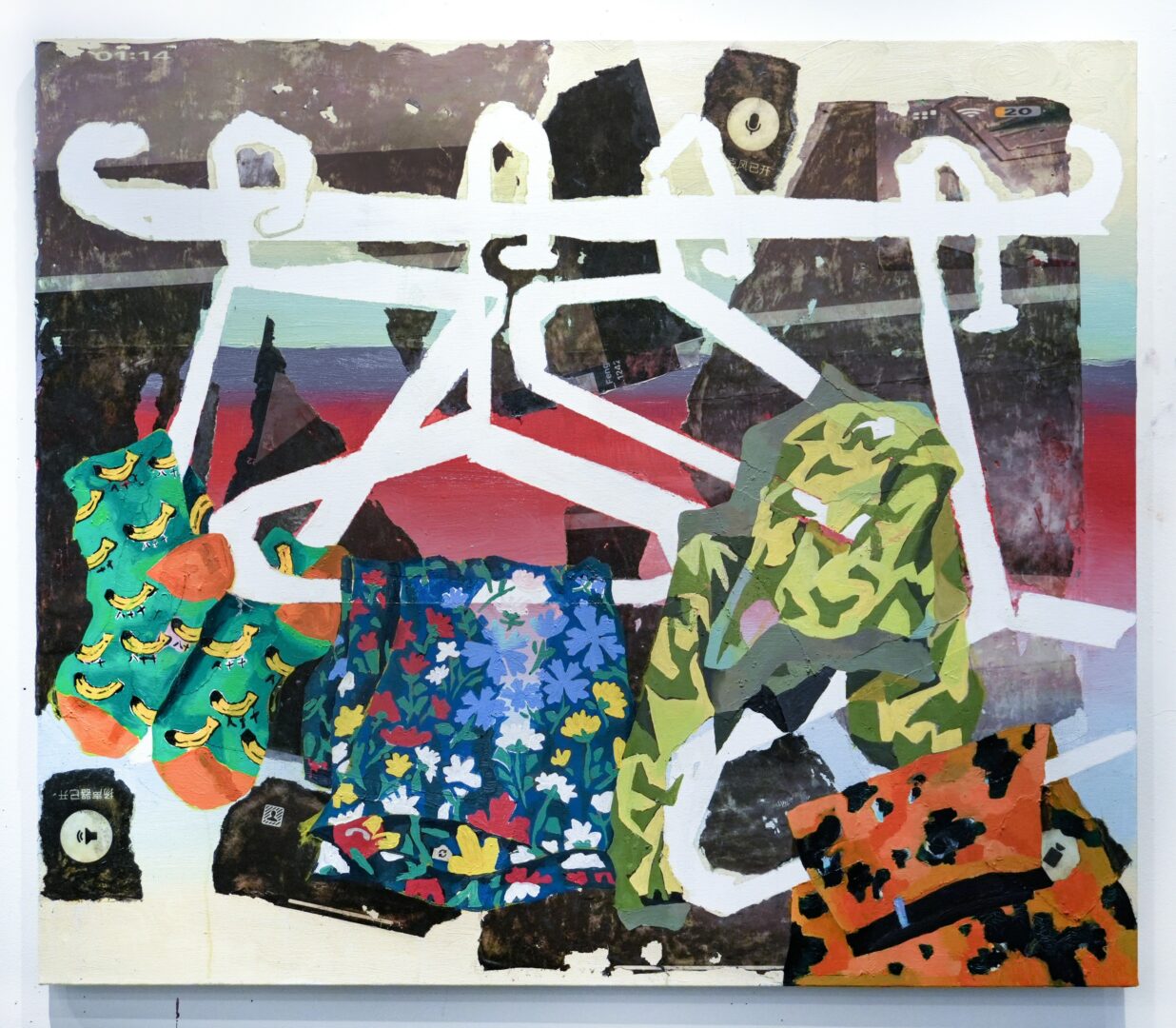
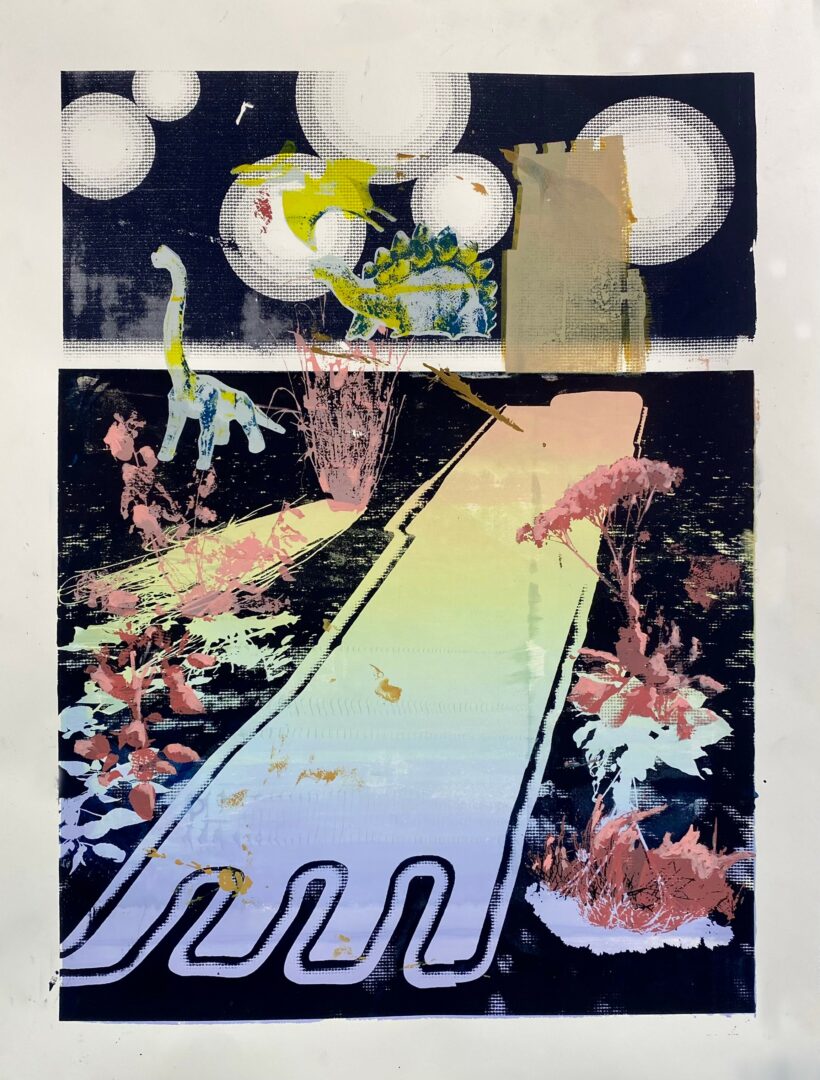
Thanks, so before we move on maybe you can share a bit more about yourself?
My art practice looks at how authority is built up and broken down through both material and gesture, always moving between control and play. I am especially interested in how objects can influence behavior, and how access to them is shaped by performance and consumption.
As a child, I often played alone in my room, inventing small kingdoms out of toys. I set up hierarchies, lined soldiers in formation, and placed a queen or princess at the top. It gave me a taste of what it felt like to be “in charge.” But just as often, I would take it all apart and start again. That cycle of building and unraveling still drives my work today. For me, play was a way of rehearsing power, of creating order and then testing what happens when it falls apart.
This shows up clearly in my studio practice now. I work with industrial and mass-produced materials, things that usually stand for logic and authority, and I mimic, distort, or subvert them. I like to take on both roles: the maker and the one who interrupts. My goal is not to tear systems down completely, but to shift their weight, to make them feel strange, and to open up space for new possibilities.
Because I have lived a transient life, impermanence also plays a big role in my work. I often use whatever is around me: strips of fabric, moving boxes, flyers, even spam messages. Each material becomes a kind of language of accessibility. If I have access to a print studio, I make prints. If not, I find another way. That adaptability reflects both survival and resourcefulness, but also the joy of discovering something new in scarcity. What sets me apart is this balance, where structure and play coexist, and every material holds the potential to be reimagined.

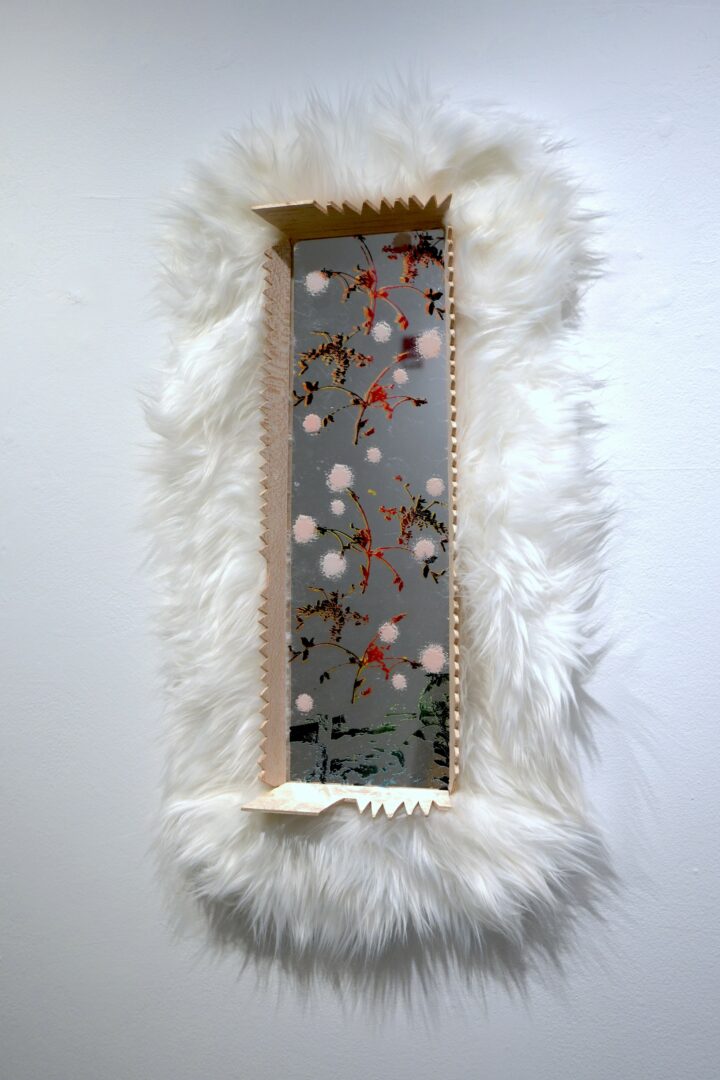
If you had to pick three qualities that are most important to develop, which three would you say matter most?
Looking back, the three qualities that shaped my journey most are vulnerability, resilience, and community building.
Vulnerability came first.
Growing up in a highly structured school system, I was taught to hide mistakes and only show perfect results. In my art, I had to unlearn that. Letting myself show hesitation in a brushstroke, or sharing unfinished work during a residency critique, taught me that openness creates stronger connections. My advice is to practice sharing work before it feels “ready.” It can be uncomfortable, but it is the fastest way to grow.
Resilience became important once I started applying for shows and jobs. I still remember sending out dozens of applications after graduation and receiving mostly silence. What kept me going was setting a structure: consistent studio hours, small daily goals, and a mindset that every rejection was proof I was trying. For those just starting out, resilience is built by routine—keep showing up, even when it feels like no one is watching.
Community building has been the most rewarding. During my time at Vermont Studio Center, I collaborated with neighbors, shared meals, and even worked with local shops and natural materials. That experience shifted my view of art from something solitary to something communal. Since then, I’ve kept building networks—whether it is organizing open studios in New York or simply exchanging feedback with peers. My advice is: do not wait for community to find you. Create it. Invite others in, because the relationships you build will sustain you as much as your own practice.
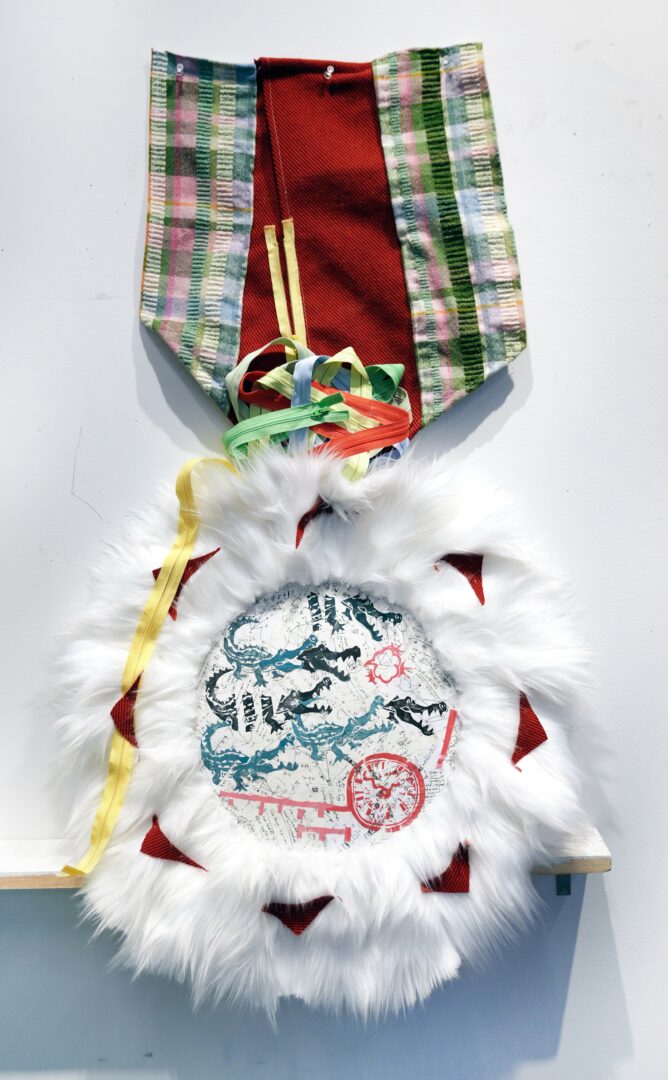
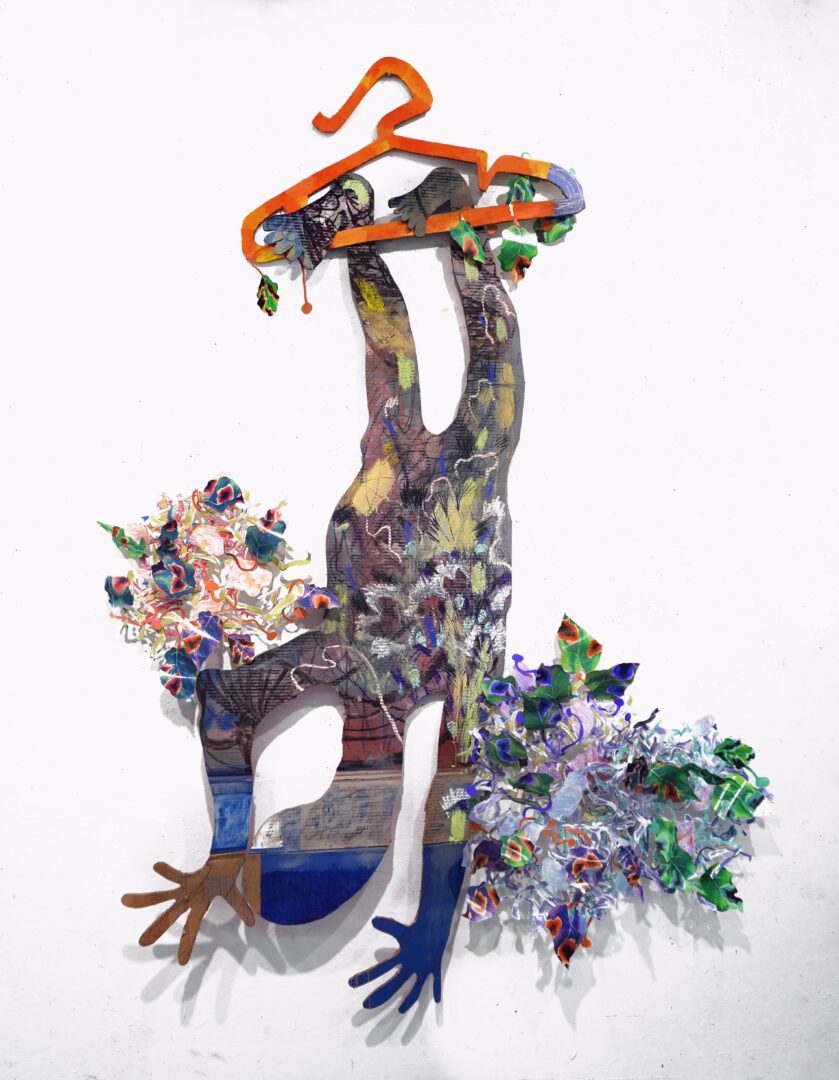
Okay, so before we go we always love to ask if you are looking for folks to partner or collaborate with?
Yes, I am always interested in collaboration. Right now, I have an ongoing project called Parasite. For this, I invite artists to let me enter their studio for anywhere from a day to a week. I work within their space, using their materials, their notes on the wall, their references. The idea is to temporarily “inhabit” their practice. At the end of my stay, I leave behind a copy of the work I made and a written report for the artist, reflecting on the process. I am looking for artists who are open to this kind of exchange, and who are curious about seeing their own practice refracted through someone else’s presence.
I am also beginning a photography project that looks at labor and visibility within the household. I would like to visit homes—especially those where daily chores are significant. In the photographs, the person who does not carry out the chores will be placed prominently, perhaps sitting comfortably on the couch, while the person who does the labor (including emotional labor) will appear in hidden corners of the frame. This project seeks families who are willing to reflect on dynamics of work, care, and recognition within their home.
Anyone interested in collaborating can reach out to me directly.
Contact Info:
- Website: https://fengxiaoxo.cargo.site
- Instagram: @echooo_xu
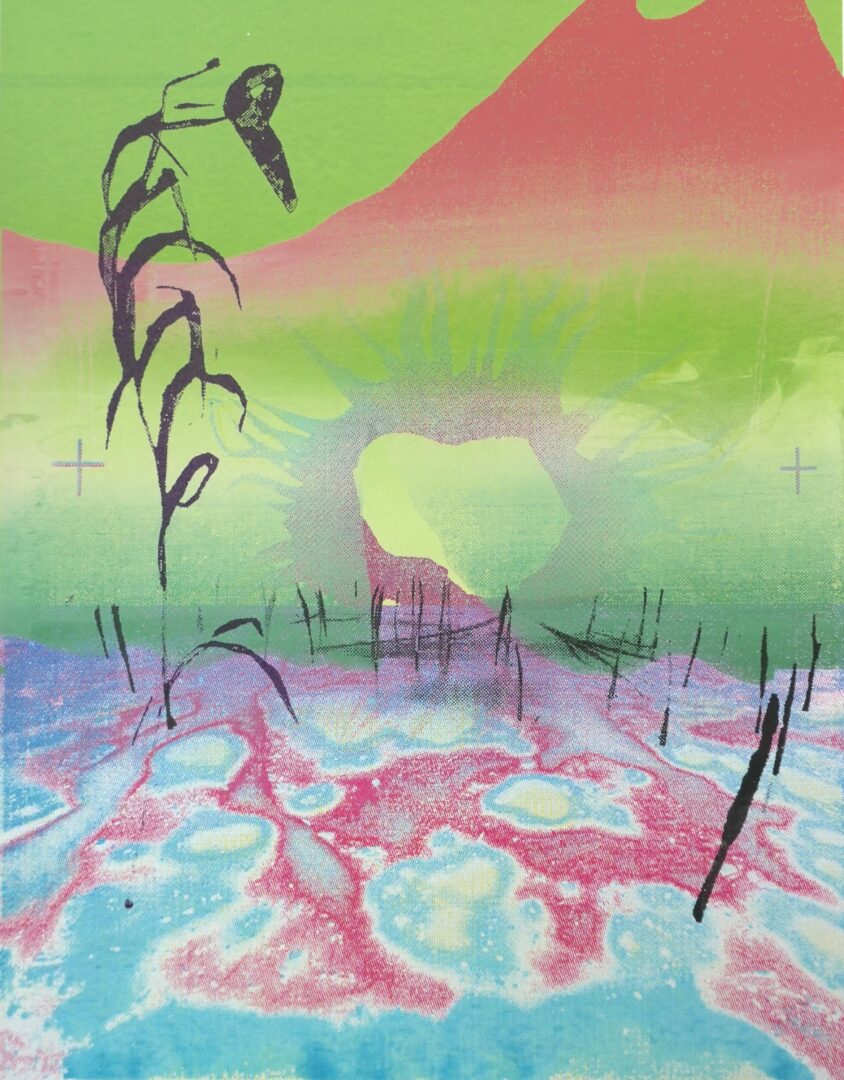
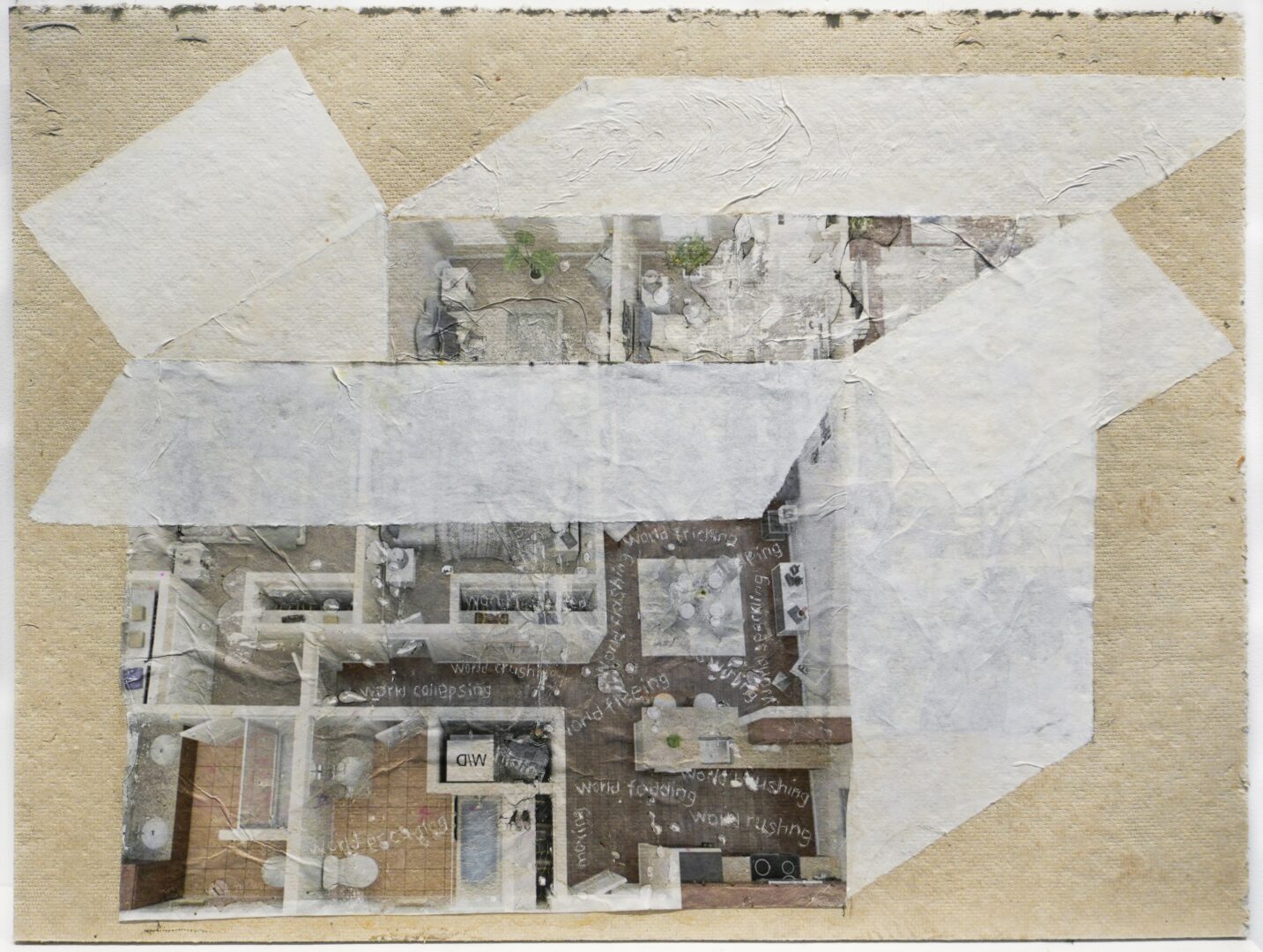
Image Credits
courtesy of the artist
so if you or someone you know deserves recognition please let us know here.

